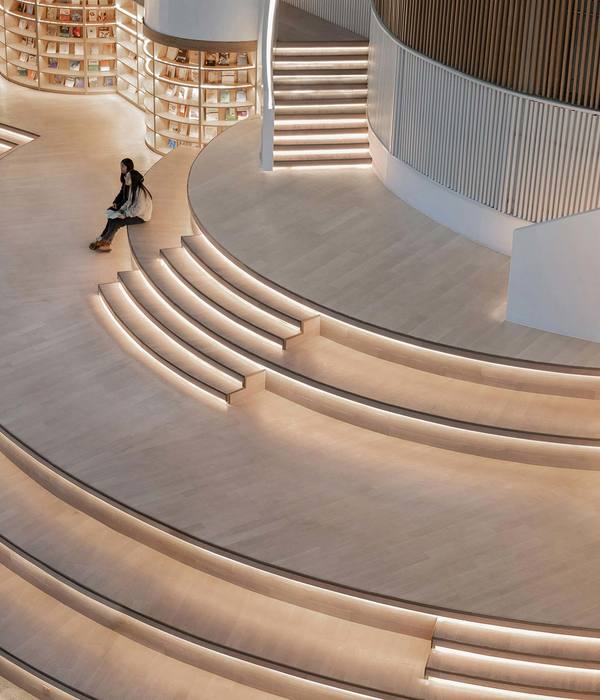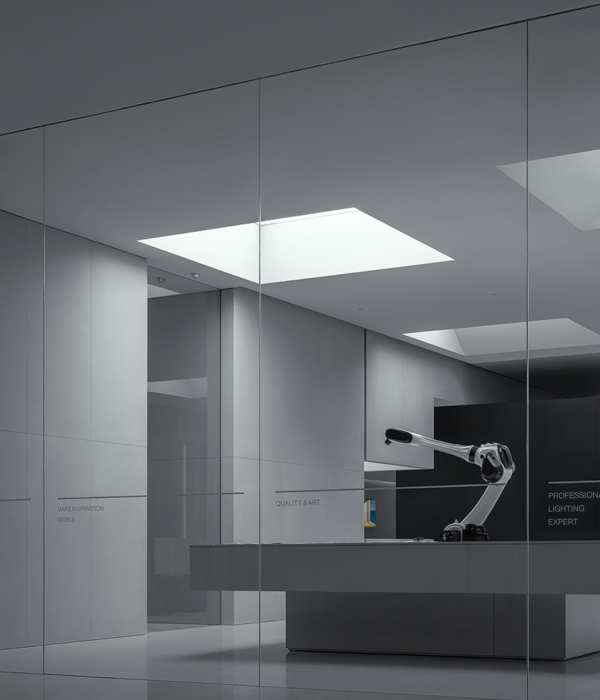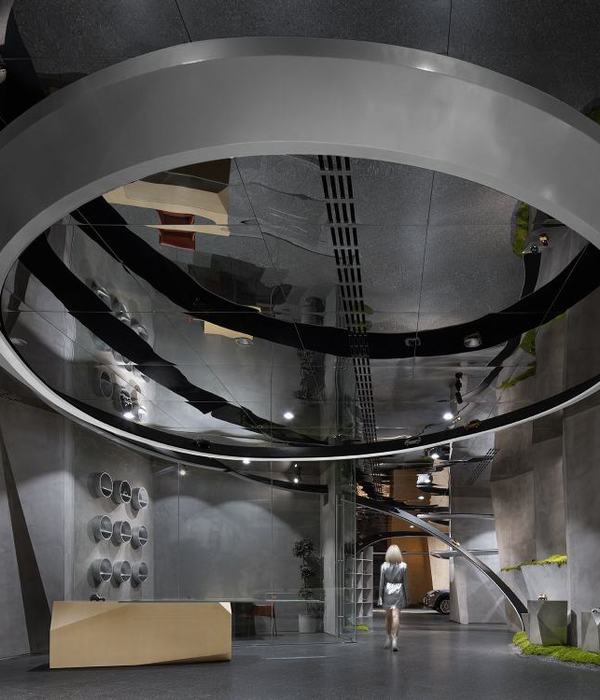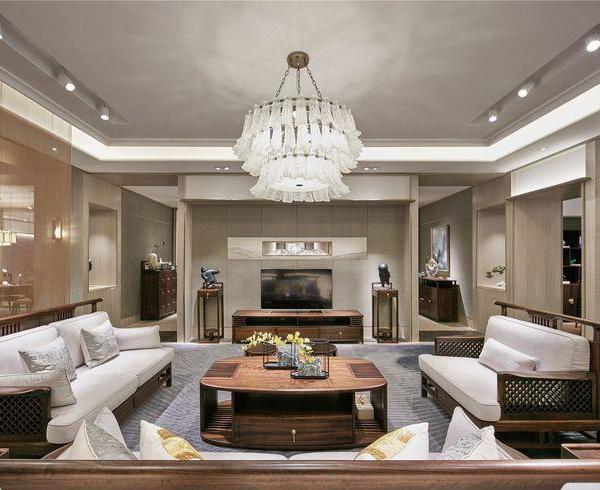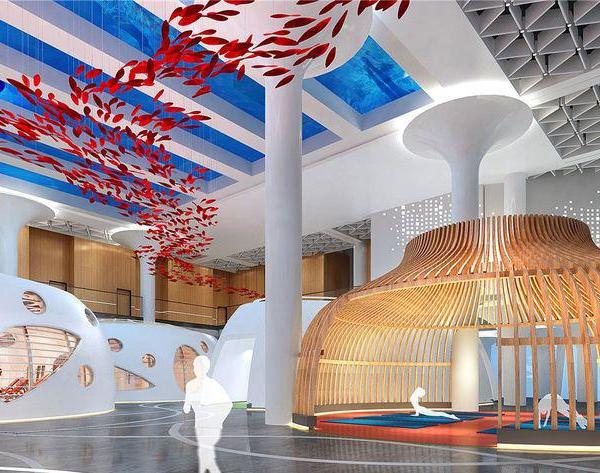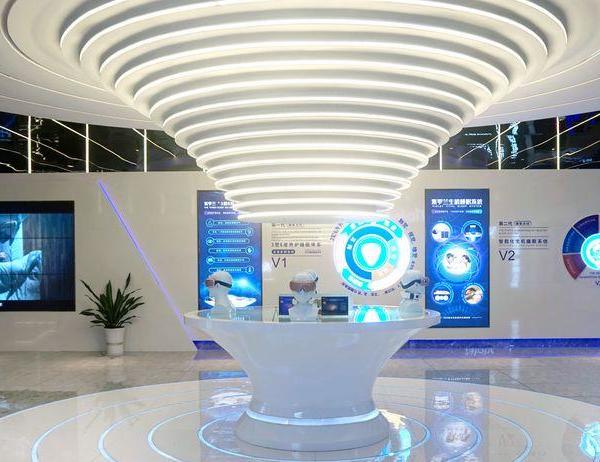Architects:Sheft Farrace
Area:6600ft²
Year:2024
Photographs:Mike Kelley
Manufacturers:AutoDesk,Miele,Bold Lighting,Corian,Elkay,Forms + Surfaces,Kohler,Lumenwerx,McNichols,Schalge,Sloan Valve Company,Summit Appliances
Lead Architects:Alexander Sheft; John Farrace
Structural Engineering:Polon & Lewis Structural Engineering
MEP Engineering:AJ Design
Program / Use / Building Function:Event Space / Mixed Use
Waterproofing Consulting:Hendrix Consulting LLC
General Contractor :Western Built Construction
City:Los Angeles
Country:United States
Text description provided by the architects. In the evolving landscape of Los Angeles' Arts District, where industrial relics are being reimagined into vibrant new spaces, many have had to navigate the changes the COVID-19 pandemic brought on.
Architecture & design studio, Sheft Farrace, began this journey in 2021 when they were enlisted to convert an aging, neglected warehouse in the area into a new office space.
The warehouse in question, a relic from the 1920s, boasted the classic LA bow-truss architecture—a testament to the city's industrial past. The designers approached the project with reverence for the typology’s historical significance, embracing the original shell. The challenge was to breathe new life into the space while preserving its architectural integrity.
As the project unfolded over the following years, it became apparent that the anticipated return-to-office life post-pandemic was not materializing. In response, the owners and design team pivoted their focus towards creating a more multi-functional building. The space was envisioned to be versatile—a sometimes workplace, a sometimes event space, and a sometimes creativity studio, all rolled into one.
To do this, Sheft Farrace streamlined the build-out and started focusing more on sweeping structural moves rather than erecting smaller interior elements typical of conventional office spaces. They delineated zones of activity through the manipulation of the ground plane. Excavating both the front and rear of the building within the existing shell allowed the team to create an indoor/outdoor space at the street front and add a full mezzanine below the existing roof in the rear, ready to accommodate a variety of potential activities.
And, while the design team made strategic alterations to the exterior—modifying openings, creating a new entry vestibule, and refinishing the facades—they were meticulous in maintaining the building's original aesthetic. This deliberate choice played into the quintessential Los Angeles trope of unassuming or even dilapidated exteriors that conceal a completely different world within.
As the need for in-person space becomes more & more unpredictable, adaptive reuse projects like this—with no singular program—may continue to be the norm, especially in areas like Los Angeles’ Arts District where old infrastructure is constantly being recycled & redeveloped.
Project gallery
Project location
Address:Los Angeles, California, United States
{{item.text_origin}}

